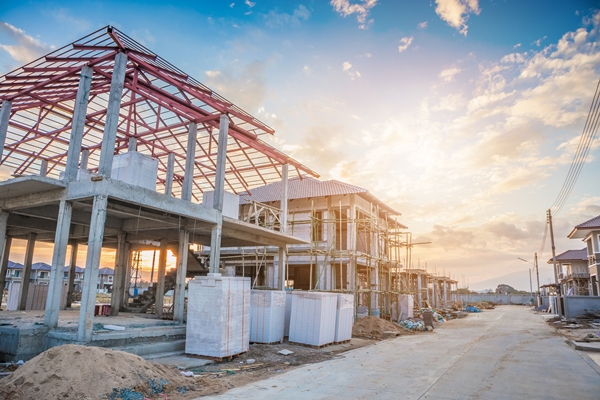June 20, 2019 | Christine Brinker
Most states adopt consistent and standard statewide building codes. But a handful of states – including the southwest states of Arizona, Colorado, Nevada, and Wyoming – leave code adoption up to each and every local jurisdiction, creating a patchwork of confusing and often-outdated codes. In Colorado, for instance, even though most high-construction areas have up-to-date codes, more than 150 jurisdictions have an energy code from 2009 or earlier, and another 50 jurisdictions have no building codes whatsoever. Nevada has adopted the latest energy code as a guideline but has no mechanism to require local jurisdictions to update.
Not only do these earlier codes cost homeowners an extra $4,300-$6,500 or more in energy costs over a 30-year mortgage, they also typically have poorer levels of insulation and window quality impacting the health and safety of the home. The situation is similar on the commercial side.
While local officials in home-rule states often fiercely hold onto their ability to set local codes, the energy code sometimes gets left behind because of misunderstandings about the costs and savings, health and safety impacts, and building science principles behind it. SWEEP strongly believes that all residents deserve (and expect) the health, safety, resiliency, durability, comfort, efficiency, and money savings from an updated energy code.
Colorado has a new and innovative policy that addresses these discrepancies and misunderstandings of energy codes while preserving home rule and local decision-making. Legislative bill HB19-1260, a short-and-simple bipartisan bill signed by Governor Jared Polis, asks that each local jurisdiction update to at least one of the three most recent versions of the energy code when they update their other building codes.
Why did this pass with bipartisan support, with both rural and urban support, and with both builder and environmental support?
- Flexibility in which energy code to adopt (while still keeping it fairly up to date)
- Flexibility in when and how building codes are updated (while ensuring that the energy code is part of the update)
- Allows for local amendments (as long as they don’t reduce the efficiency or effectiveness of the code)
- Never goes out of date (since it isn’t tied to a specific code version)
In addition to this new law, SWEEP is seeing more groups of neighboring jurisdictions working together to update their codes on a similar timeline and with similar amendments, another way to reduce the patchiness of local codes and assist older-code jurisdictions in making the jump.
Other home rule states: take note.
Want to know if your jurisdiction is up-to-date on energy codes? Check on your state and key local adoptions at www.energycodes.gov. Want some help and advice on encouraging them to adopt a stronger or more recent energy code? Contact us.



